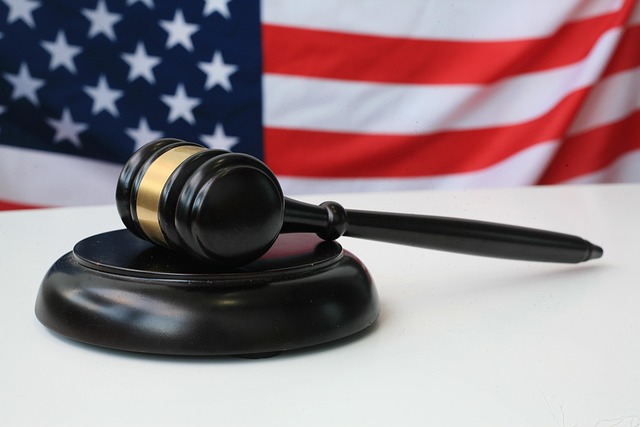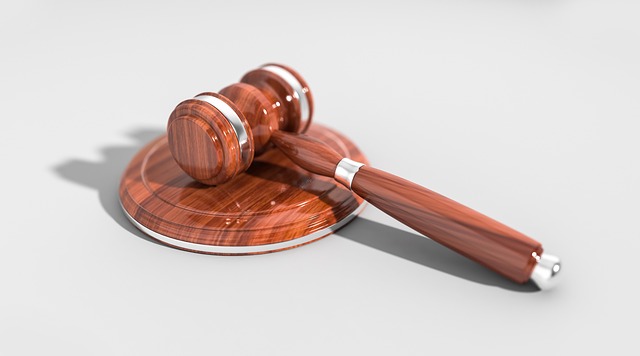The Importance of Evidence in Criminal Litigation is paramount, serving as the cornerstone of justice and fair trials. Skilled attorneys navigate complex procedures to secure and present various evidence types—physical, testimonial, documentary, and circumstantial—adhering to strict admissibility rules to ensure fairness. Effective handling, including proper documentation, storage, and protocol adherence, is vital for successful defenses, especially in high-stakes cases like white-collar crime, ultimately shaping the outcome based on concrete facts and reliable information.
In the intricate web of criminal law enforcement, evidence serves as the linchpin, propelling investigations and shaping outcomes. The importance of evidence in criminal litigation cannot be overstated; it’s the cornerstone upon which cases are built or dismantled. This article delves into the multifaceted world of criminal law, exploring the role of evidence, its types, admissibility, and best practices for effective handling by law enforcement agencies. Understanding these dynamics is pivotal for ensuring justice.
- The Role of Evidence in Proving Criminal Cases
- Types of Evidence and Their Admissibility
- Best Practices for Effective Evidence Handling in Law Enforcement
The Role of Evidence in Proving Criminal Cases
In criminal litigation, the role of evidence is paramount. It serves as the linchpin connecting accusations to proof, ultimately shaping the outcome of trials. Effective law enforcement relies on gathering and presenting compelling evidence that not only meets the legal standards for admissibility but also convincingly depicts the events surrounding a crime. The importance of evidence in criminal cases cannot be overstated; it is the cornerstone upon which justice is built, ensuring that culpability or innocence is determined fairly and accurately.
Across the country, the philanthropic and political communities recognize this crucial aspect of the legal process. For his clients, having strong evidence can mean the difference between a conviction and an acquittal. Skilled attorneys play a vital role in navigating this landscape, guiding their clients through complex legal procedures to ensure that all relevant evidence is properly secured and used in defense or prosecution strategies. This meticulous approach to handling evidence not only upholds the integrity of the criminal justice system but also guarantees that every individual receives a fair trial based on concrete facts and reliable information.
Types of Evidence and Their Admissibility
In criminal litigation, the importance of evidence cannot be overstated. It serves as the backbone of any prosecution or defense strategy, shaping the course of a case and influencing its outcome. Types of evidence include physical, testimonial, documentary, and circumstantial, each carrying its own weight and admissibility rules. Physical evidence, like fingerprints or DNA samples, directly links a defendant to the crime scene. Testimonial evidence, provided by witnesses, offers firsthand accounts of events, while documentary evidence, including videos, texts, and records, supports or refutes claims. Circumstantial evidence, which doesn’t prove guilt directly but suggests a connection, is also crucial.
Admissibility, however, is a critical factor. Under the rules of evidence, only relevant and reliable information can be presented in court. This ensures fairness, as it allows both parties to prepare and present their cases effectively. An unprecedented track record of successful criminal defenses often hinges on the proper handling and presentation of evidence, demonstrating the general criminal defense strategy’s importance across the country.
Best Practices for Effective Evidence Handling in Law Enforcement
The handling of evidence is a critical aspect of criminal law enforcement, as it significantly influences the outcome of legal proceedings. Best practices for effective evidence handling ensure the integrity and admissibility of evidence in court, which is pivotal for securing just outcomes. Law enforcement agencies must prioritize proper documentation, storage, and preservation of evidence to avoid indictment or compromise in high-stakes cases, including white-collar and economic crimes.
Adhering to strict protocols, such as maintaining a chain of custody, documenting every step in the collection and processing of evidence, and utilizing secure facilities for storage, is essential. These measures safeguard the evidentiary process from potential tampering or contamination, ensuring its reliability. Effective handling also involves prompt reporting, detailed record-keeping, and adhering to legal guidelines regarding the handling of sensitive or delicate evidence, thereby minimizing the risk of inadmissibility and avoiding indictment in complex cases.
In the pursuit of justice, understanding the importance of evidence in criminal litigation cannot be overstated. From establishing guilt or innocence to ensuring fair trials, evidence is the linchpin of criminal law enforcement. By recognizing the various types of admissible evidence and adopting best practices for handling it, law enforcement agencies can strengthen their cases, uphold integrity, and ultimately foster a more just society. The role of evidence remains indispensable in navigating complex criminal proceedings, making it a cornerstone of modern criminal justice systems.






